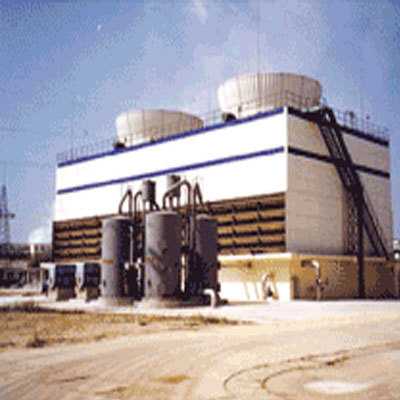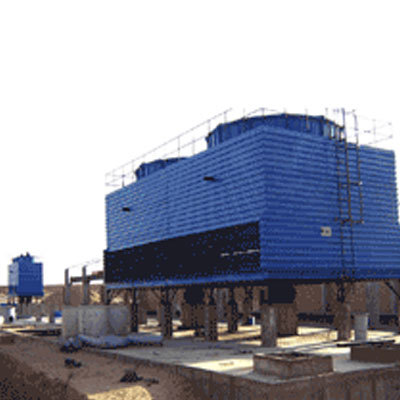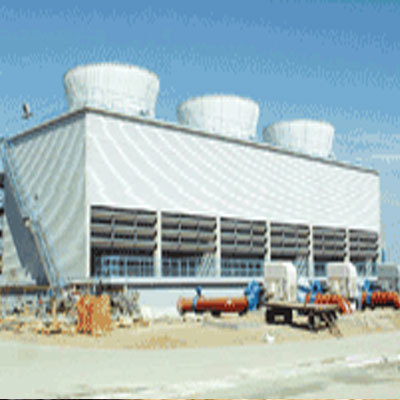Products
-
Industrial wastewater treatment
-
Fiberglass Cooling Tower Series
-
Industrial combined concrete structure countercurrent square hollow tower
-
Industrial combined steel structure countercurrent square hollow tower
-
Industrial combined concrete structure cross-flow square tower
-
Industrial combined concrete structure countercurrent turbid water square tower
-
Industrial combined concrete structure counter-flow square tower
-
Standard combined steel structure countercurrent square tower
-
Industrial combination steel structure countercurrent turbid water square tower
-
Industrial combined steel structure countercurrent square tower
-

Cold rolling wastewater treatment technology
- Commodity name: Cold rolling wastewater treatment technology
- Description
-
B、 Oil containing and emulsion wastewater
Cold rolling oil and emulsion wastewater mainly comes from the rolling mill unit, grinding roller room, copper degreasing unit, and oil tank drainage of each unit. The amount of wastewater discharged varies greatly, and the water quality also changes greatly. Oil containing and emulsion wastewater has good chemical stability and is difficult to treat. The commonly used methods include pre-treatment with physical methods (ultrafiltration) or chemical methods, followed by biological oxidation treatment. The description is as follows:
Chemical Process Flow Diagram 1

Diagram 2 of Ultrafiltration Treatment Process Flow
 Process Flow Diagram Three of Biological Oxidation Treatment
Process Flow Diagram Three of Biological Oxidation Treatment Process flow diagram of biological oxidation treatment 4
Process flow diagram of biological oxidation treatment 4
A comprehensive oil containing wastewater treatment technology not only enables the recovery of waste oil in water, but also ensures that all pollution indicators (including oil content) in the effluent are within the prescribed range.
When considering the process flow of oily wastewater treatment technology, pretreatment and post-treatment must not be ignored. Neglecting pretreatment increases unnecessary load on the main facilities and even affects the effectiveness of oil-water separation. Neglecting post-treatment will result in excessive effluent and fail to solve pollution problems effectively.
While developing oil removal technology, it is necessary to limit the amount of oil used in the production process and prevent oil leakage, spillage, dripping, and leakage in the production process. When preparing emulsions, the amount of emulsified oil should be minimized while meeting production requirements, and the recycling rate should be increased as much as possible to reduce the discharge of emulsions.
The heating device in oil removal facilities is an important means to ensure smooth oil flow. Temperature control should be based on different oil removal processes, different types of oil products, and different data, and should not be generalized.
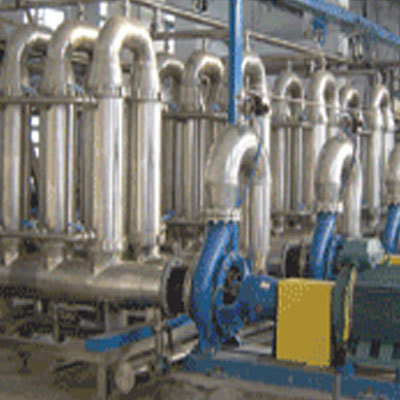
C、 chromium-containing wastewater
The chromium containing wastewater from cold rolling mills comes from hot-dip galvanizing units, electroplating galvanizing units, electroplating tin plating units, etc. The chromium in the wastewater mainly exists in the form of Cr6+, which has strong toxicity and needs to be strictly treated and qualified before being discharged. Generally, chemical reduction precipitation method is used for treatment. The typical processing flow is shown in the figure:
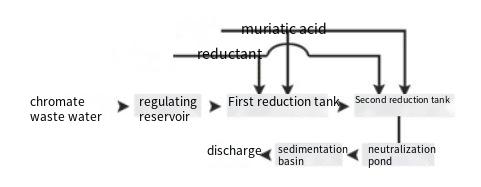
(The above process design is for reference only, and the specific design needs to be adjusted according to the actual water quality and treatment requirements of the raw water.)
3、 Main technical indicators
Project
Inlet water index(mg/l)
Water outlet index(mg/l)
CODcr
1000~50000
≤70~100
Oil
100~5000
≤4~5
SS
200~400
≤20
PH
5~13
6~8.5
Note: The processing capacity ranges from 360m3/d to 3000 m3/d, and will be designed separately in special circumstances.
Oil containing wastewater treatment parameters in the steel and metallurgical industry
Related Products
Welcome your message consultation
Our staff will contact you within 24 hours (working days). If you need other services, please call the service hotline: +86-510-87877888


